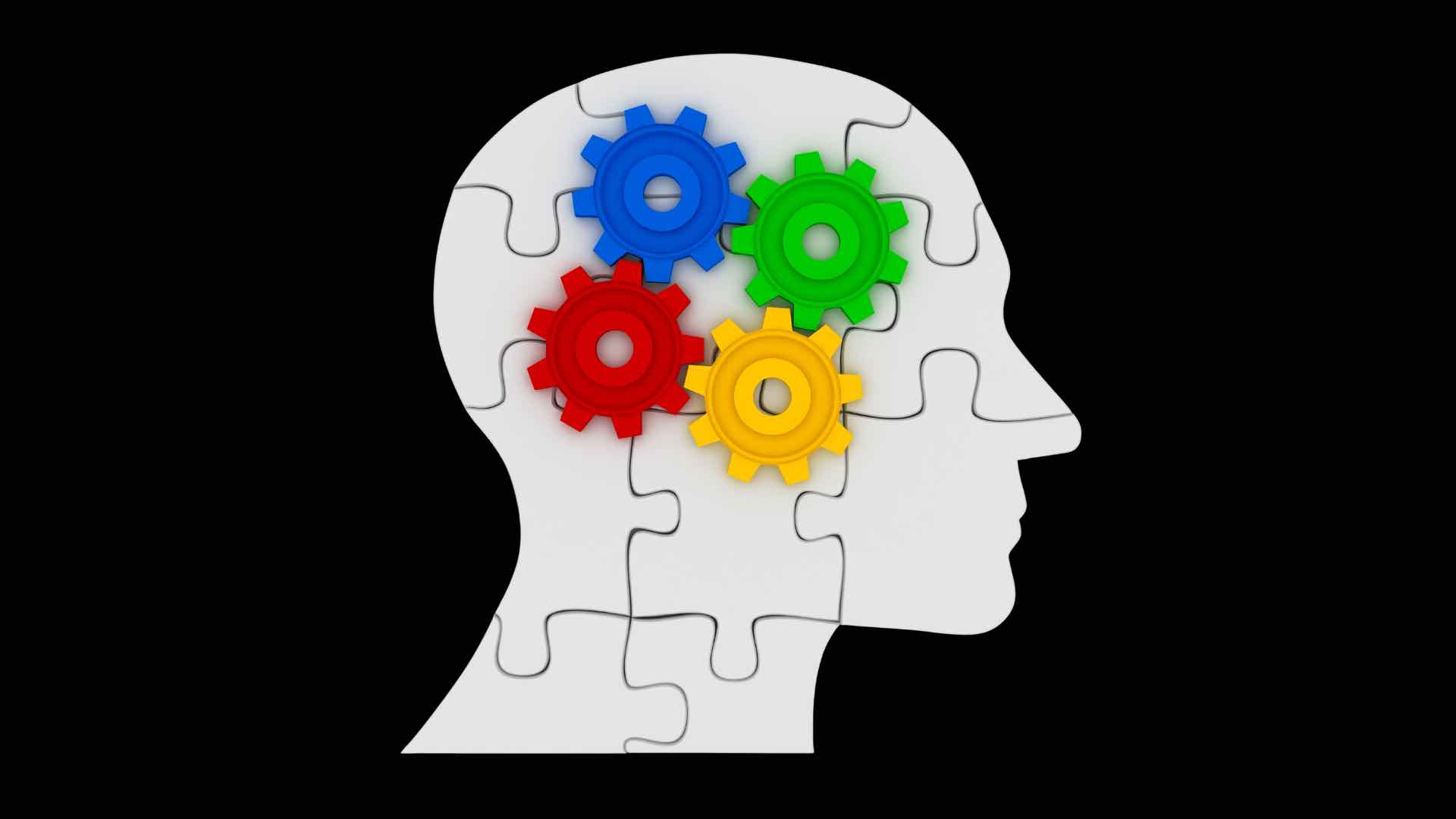Any form of creative thinking entails uncovering something new within oneself and then sharing it for everyone to experience.
What inspires great innovators to come up with their most creative ideas?
Creativity is not confined to the realm of the arts. It’s all about creativity and innovation. It’s about being imaginative and coming up with new ideas.
Solutions to problems and needs are the hallmarks of creative thinking.
Creativity is the ability to think outside the box and come up with a solution to a problem.
For decades, scientists have been trying to discover what ignites the creative genius in a person.
In spite of the fact that there is no known blueprint for creativity, there is indeed a lot that scientific knowledge can show us about how we may improve our own original ideas.
Since the dawn of time, scientists have been debating whether or not creativity comes from the conscious or subconscious mind.
British psychologist Graham Wallas presented a model of the creative process in his book The Art of Thought, based on years of observation and assessment of innovators as well as other creative people.
In this book, Wallas proposes that the creative process is comprised of four stages of creative thinking that are interconnected.
Stage One: Preparation (the conscious state):
This is the first stage, and it’s all about getting information.
This is the stage in which you conduct user research and connect with users to identify the problem and the needs of your users.
Stage Two: Incubation (the subconscious state)
Turn your attention away from the problem and think about something else instead.
Just take a break from the problem at this point and let your mind drift, allowing it to explore and find a solution.
By remaining open to the thoughts that come to you, you will help to develop your unconscious thought process.
Stage Three: Illumination (The “Ahaaa!” Moment)
That brings us to the third stage. This stage effectively represents the “Ahaaa” moment when everything clicks into place.
During the period of incubation, thoughts and ideas emerge from the deeper parts of the mind but also come to the surface of the conscious mind.
It’s an epiphany! When you’re preoccupied with something entirely unconnected, unexpectedly, the solution appears to be in front of us.
Stage Four: Verification (Implementation):
The “aha” solution is built upon in this fourth stage.
Analyze your idea, and then develop it further.
In the final step, you make sure that it’s both practical and appealing.
You may also decide to build and verify your idea at this stage to see if it satisfies the needs outlined in the preparation stage.
To ensure that the answer identified in the illumination stage is correct or not, it is required to do further testing.
Thus, in this final stage, the idea is evaluated.
Final thoughts…
It’s important to note that these stages do not often work out in a sequential manner.
Even though the model has its flaws, it can help us plot our own creative path, giving us a sense of direction.
Our ability to recognize where we are, where we are heading and the thought processes that could also enable us in getting there can improve as a result of these four stages.
Read more on Crenov8:
How to make the most of risks and turn them into great opportunities
Fostering Strategic Conversations to help organizations improve their business strategies






